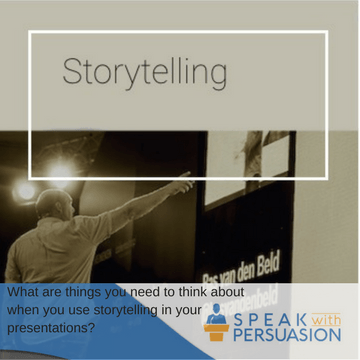Storytelling is important. It is important in marketing, it is important for teaching and it is important in public speaking as well. Not mention the power of brand storytelling. There is real power in good storytelling. People can’t resist stories. They stick, they make us believe and they make us love.
As a speaker, you want to make sure you connect with your audience. A story is a great way of doing that. As almost every TED talk and storytelling presentation proves. That means every public speaker needs storytelling skills.
It’s not as simple as it sounds. Not every story works. Tell the wrong story and you will lose your audience’ attention. It is, therefore, crucial to think about your story. It’s important to get all the story elements right.
To have the right storytelling skills you need to know how stories work. Crafting the right story means thinking about a lot of different story elements. There are different components to a story. Each component determines if your audience will bond with you. Below, you can find the key elements of storytelling in presentations.
What are the key elements of great storytelling in presentations?
There are four key components of great storytelling you as a public speaker need to think about when practicing public speaking storytelling:
- A story should build trust
- You need to understand everyone is different
- Each story has a conflict, a hero and a solution
- A story should be kept simple
These are the key elements that you can use to build a story. Let’s dive deeper into these four elements.
A story should build trust
A key component of a story is to build trust between you and your audience. This means that your stories need to resonate with people. The audience needs to know and understand the topic. It has to speak to them.
If you want to build trust using a story, it’s important to stay close to you as well as your audience. Try to find a common ground. The story should be about both you and your audience. But your audience is most important. Pay attention to who is in the room and build a story around that. Do your research before your talk. What is their history? What obstacles does your audience have? Create a story around that. People warm to you if you open your eyes, ears, and heart to their culture.

You need to understand everyone is different
Telling a story is easy. Telling the right story isn’t. As said, a story needs to resonate. But if you tell a story, it does not mean people will respond the way you want them to.
People can respond in different ways to the same story. This has to do with their past. Their past determines how they listen to your story. As a speaker, you always have to keep this in mind. People have different backgrounds. Whether it’s cultural or their personal history. Each person listens to a story in a different way. Understand that different messages can come from the same story. Emphasise where you need to persuade.
Each story has a problem, a hero and an enemy
There is no good story that can do without these three key elements. All good stories need a problem. All good stories need a hero. And all good stories need an enemy, the villain. A story is not a story without a problem.
It doesn’t matter if you are telling a Disney story, a story about your past, or a story about a business issue. Each story needs a problem. And that problem has to be overcome in the story. And guess who should solve the problem? Yes indeed, the hero! But a hero shouldn’t have an easy job. The hero has to fight a villain. An enemy who needs to be defeated in the end. Make sure you show the problem and the solution in the story, or you will leave people to feel unhinged.
What’s important here is to realise that in most stories, you are not the hero! Better yet: make the audience the hero. You can help the hero beat the villain yes. Let’s call you Yoda. You offer the advice or tools that help the hero win.

Keep it simple
Some stories take some time to tell and to digest. When you are on stage, you don’t always have time for that. And your audience doesn’t have the patience for it. Or the time. To make the story well digestible for your audience, you want to keep it simple. Do whatever you can to simplify the story. Make it so simple everyone in the audience can understand. But not too simple, you want to keep their attention!
Watch the video:
We are going more in depth on Storytelling in our Storytelling Class which is now open to everyone!

Do you want to win every pitch you are in? You can! By telling stories! Stories stick. Stories make your prospects feel close to you. Resulting in prospect wanting to buy from you! Join our FREE Storytelling Secrets Mini Email Course! Four days, five secrets and actionable insights you can use right away!

